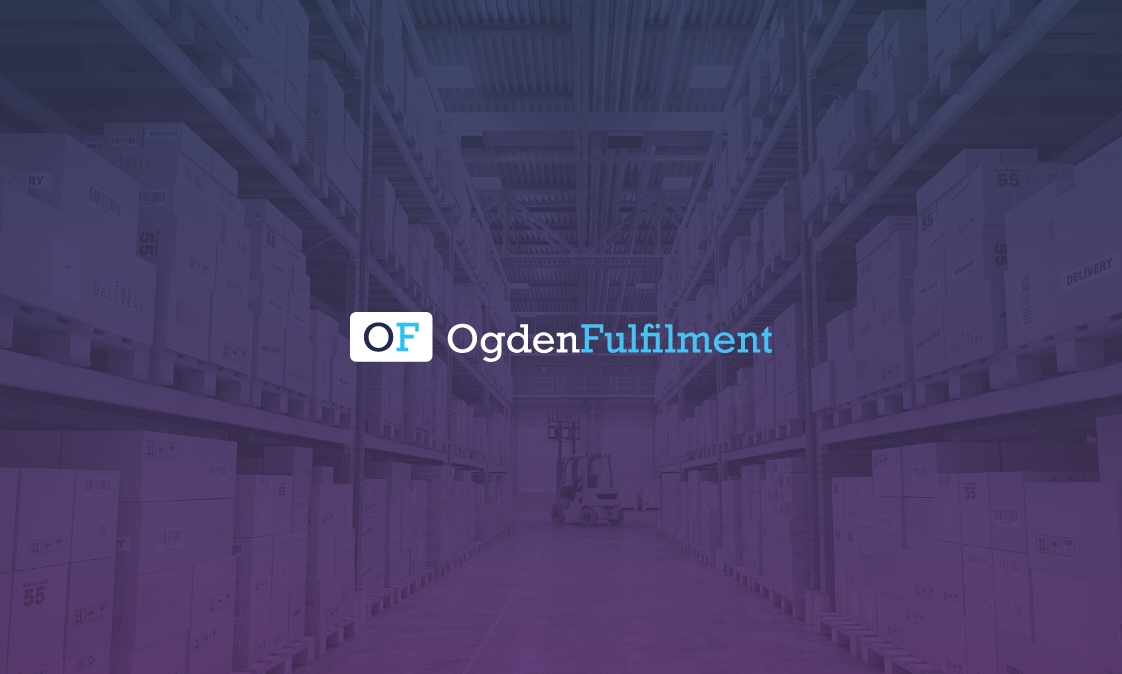Building a Customer Loyalty Programme
03/06/2021 | Share:
In the world of ecommerce, it’s a well-known fact that it’s cheaper to retain customers than it is to acquire new ones. A customer who has already bought from you before has overcome their purchasing barriers and will likely not need to do this again. Provided their experience was a good one, you’ve already convinced them that your ecommerce store is a great place to shop and you’re on your way to building some customer loyalty.
Whilst this doesn’t mean you shouldn’t seek new customers, you should certainly be going the extra mile for those customers who keep coming back time and time again. This should certainly include offering great products and excellent customer service, but this is not always enough to secure loyalty with customers. If your market is a tough one, loyalty programmes can sometimes tip things in your favour. In this article, we’ll look at what you need to know about building a customer loyalty programme.
What is a customer loyalty programme?
Customer loyalty is about a customer’s willingness to repeatedly buy from or work with a brand as a result of previous positive experiences or satisfaction. A customer loyalty programme helps promote this repeated behaviour by providing them with rewards for frequently purchasing products or services.
If you’re looking to start your own rewards programme, you could provide customers with the following benefits for regular and frequent purchases:
Discounts
Customers could be given discounts on all or selected products as a reward for meeting the loyalty programme requirements. The value of the discount is up to you. You’ll likely need to strike a balance between an attractive offer and one that could potentially be exploited.
Free merchandise
You could offer free products for recurring orders or purchases over a certain spend. People can see the immediate value of something that is free whereas a discount, whilst potentially more valuable, means making another purchase.
Points
Your loyalty programme could take the form of a points system that rewards people depending on the value of their purchase. Examples of popular points-based programmes in the UK include Nectar and Boots Advantage. This way, it’s about the value of the purchase rather than the frequency. As points build up gradually, it gives something for a customer to slowly work towards – which they can only do by shopping on your ecommerce site.
You could even break your points into tiers. The more the customer saves, the better the points reward, but it also doesn’t lock out other customers that perhaps can’t shop with you as often.
Birthday gifts
Rewarding customers for their loyalty is even better when it is personalised. What better way to do this than through birthday rewards – everyone loves gifts especially for them. And, this ensures that at least once a year, your business is at the forefront of their mind. You could offer a discount, a voucher or a free gift of your choosing.
Charity Donations
If you and your customers share the value of donating to a good cause, you could motivate customers to purchase from you by donating a portion of the profits or rewards to charity. It’s for a good cause and it gives you the opportunity to connect with customers on a deeper level. The Body Shop gives its customers £5 for every 500 points but the customer decides whether that goes to charity or not.
Exclusive Access
Your customer loyalty programme could offer exclusive access to products or events. By giving the impression of exclusivity, people are more likely to work (or in this case buy) to be able to access what they can’t currently have.
Benefits of a customer loyalty programme
Loyalty programmes are important for people who are price-sensitive or for markets that are very competitive. They help solidify that relationship you have with the customer and keep them coming back for more.
As people sign up to your loyalty programme, they may spread the word to their friends and family, which can actually acquire more customers for you. It can even help to win back customers you may have lost to competitors, who don’t offer loyalty programmes.
Those people who do sign up and use your loyalty programme are likely to represent your core customers. These are the people who are serious about you and value your ecommerce store the most. These will be the people who sign up to your marketing emails or follow you on social media for updates. They’re customers worth hanging on to and
with data, you can learn more about them, allowing you to develop audience personas and find potential brand advocates.
What makes a loyalty programme?
At its basic level, a loyalty programme is another exchange between you and your customers. You can “reward” them for repeat purchases, but at the end of the day, it’s effectively a gamification technique designed to increase the average order value and retain customers. If it’s not achieving your objectives for you, you may need to adjust.
Don’t forget that loyalty rewards don’t necessarily have to be awarded just for sales. You may want to offer smaller rewards for customer referrals, sign-ups, social shares or any other action that you value enough.
When building your customer loyalty programme, think carefully about what you want to offer your customers and how it is going to be structured. How simple or complex is it going to be? Is it a penny for every point like Boots or is it more structured, taking inspiration from Starbucks?
Finally, make sure that you decide firmly on your terms and conditions before you get started. Try to find a scheme that works for both you and your customers. It has to be attractive to your customers but doesn’t give away too much that it’s not viable. If in doubt, it’s better to start small and then grow the rewards. You don’t want to start off too big and then disappoint customers by reducing or removing their rewards.






